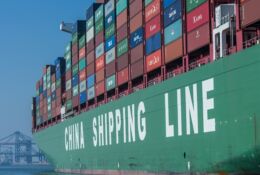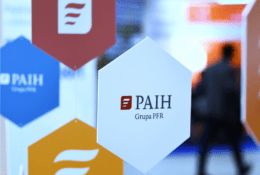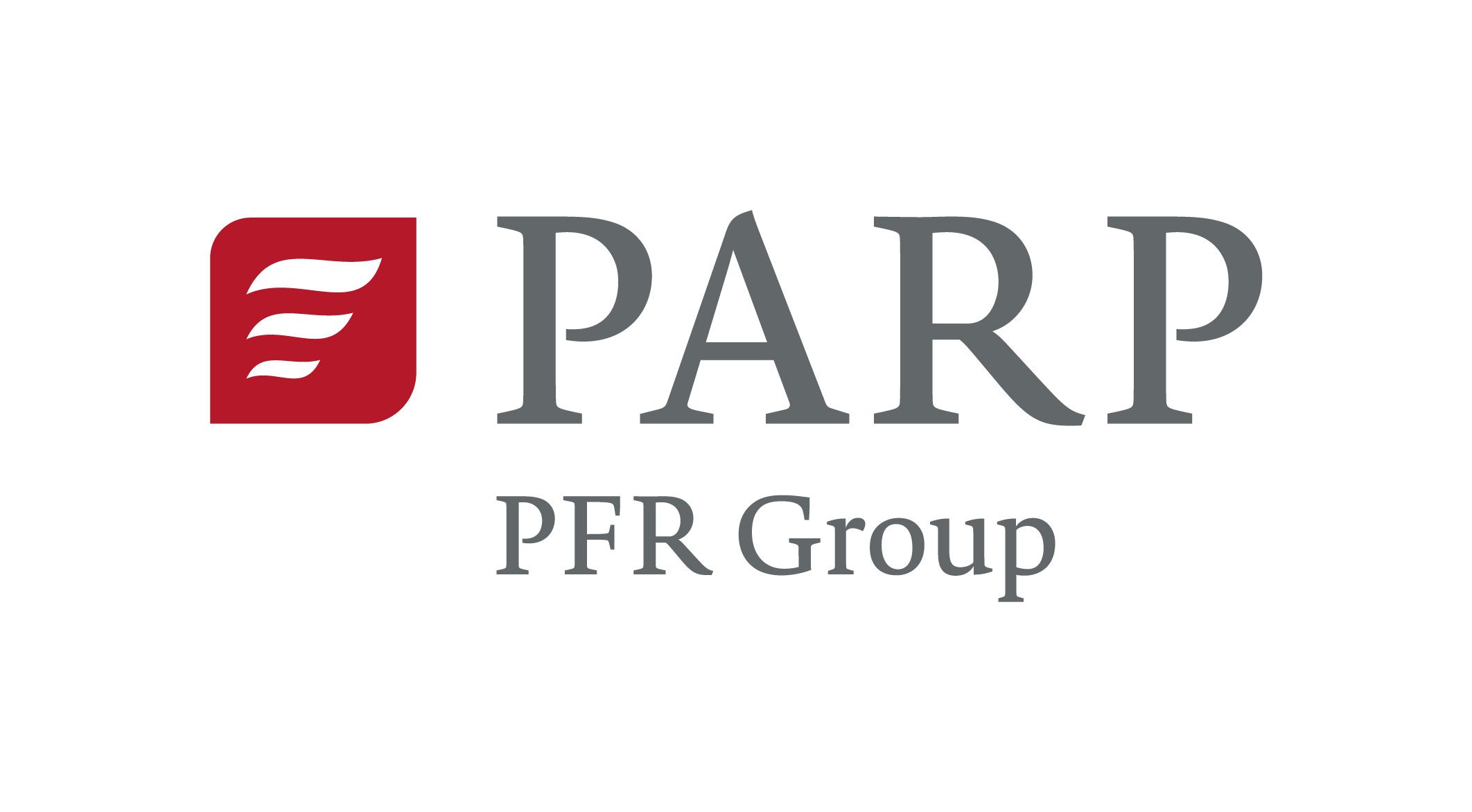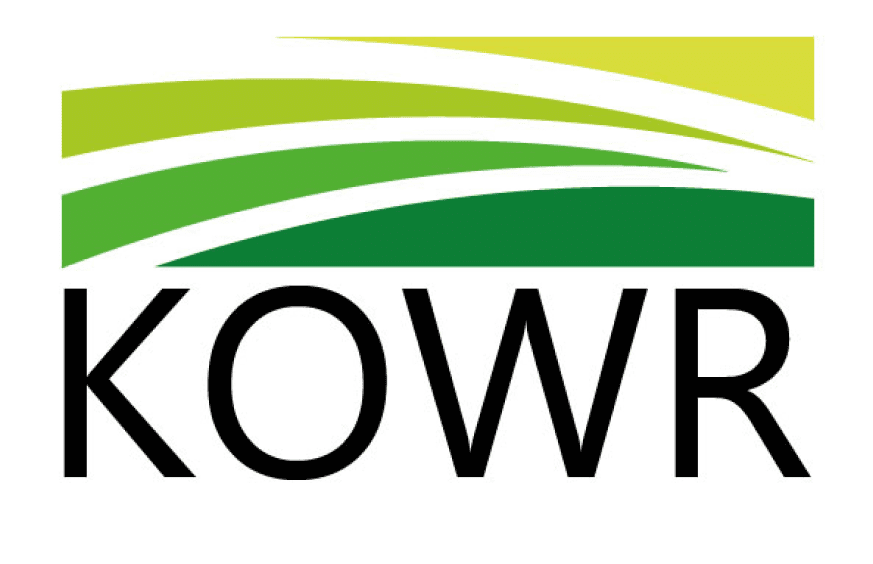24.10.2025
Economic slowdown in Europe weakens the inflow of investments to Poland
The Polish Economic Institute has published a report entitled “The investment attractiveness of Poland against the background of Central and Eastern Europe”, in which it analyses the inflow of foreign direct investment (FDI) to Poland in the years 1990-2024. It shows that our country remains the leader in the region in terms of attracting capital, but it is recording a clear slowdown in the field of new projects.
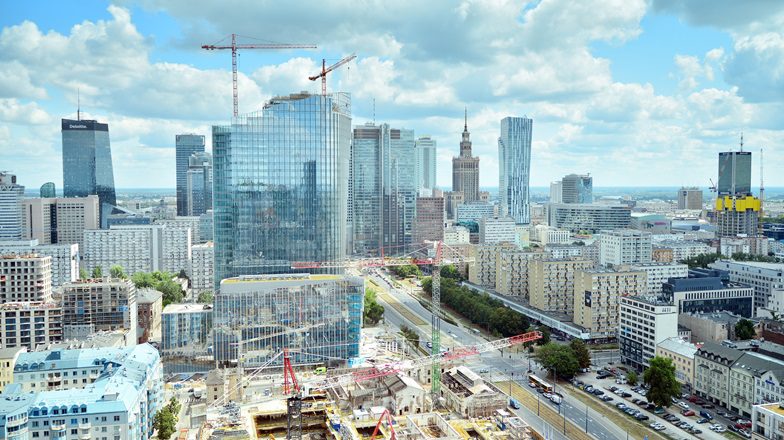
The report also points to the challenges posed by rising labour and energy costs and highlights the importance of innovation and infrastructure to maintain Poland’s investment attractiveness.
Today we are a leader
Poland still remains one of the most attractive destinations for foreign investors in Central and Eastern Europe, but 2024 brought a clear slowdown. The value of new greenfield projects fell to USD 7.3 billion, which is 56 per cent less than a year earlier. The reasons for this phenomenon are mainly of a cyclical nature and result from the economic slowdown in Europe, and especially in Germany – for years the main source of direct investment capital in Poland.
Tempo after the inflow of capital decreases
Since the beginning of the political transformation, Poland has attracted USD 364 billion in foreign direct investment (FDI), which accounts for nearly 40 per cent of all inflow in Central and Eastern Europe. In recent years, our country has increased its share in the regional investment market – in 2015–2019 it attracted almost half of all investments (49%), and in the following years 2020–2023 it maintained this high share (48%).
However, the data for 2024 show a significant slowdown. The value of announced greenfield projects decreased not only compared to 2023, but also compared to the record year 2019, when it amounted to USD 20.9 billion. The industrial sector, which is the most important for the growth of innovation and productivity of the economy, has been particularly badly affected.
In addition to the economic downturn in Europe, especially in Germany, high energy costs, geopolitical uncertainty and rising financing costs are contributing to the decline in capital inflow, which limit investors’ propensity to launch new projects.
Investment motives and access to the EU market
The PIE report points out that Poland’s attractiveness depends not only on labour costs or the availability of well-educated staff, but also on access to the market with its central location. The fact that Poland offers direct entry into the single market of the European Union is becoming increasingly important for investors. Capital from the USA and Asia is often located on the Vistula River precisely to benefit from duty-free access to the EU market – the so-called tariff jumping.
This means that part of the production carried out in Poland goes not only to the absorbent domestic market, but also to export within the community. In practice, foreign investments are therefore becoming an additional impulse for Poland’s foreign trade, strengthening the role of our country in European and global value chains.
Challenges to competitiveness
Poland is gradually losing the advantages associated with low labour costs. The minimum wage exceeded the equivalent of EUR 1 thousand – the highest in the region. Energy costs also remain high – Poland is one of the most expensive EU countries in this regard, which is due, among other things, to the high share of coal in the energy mix and the low use of RES.
The limited investment attractiveness is also influenced by the low level of physical capital per capita (approx. EUR 32 thousand) and the underdeveloped venture capital fund market. This, in turn, limits the financing of innovative ventures and inhibits the inflow of investments focused on new technologies.
Innovation and infrastructure as directions for development
Growing expenditure on research and development testifies to the progressive modernization of the Polish economy, although the intensity of R+D work (1.56 percent of GDP) still remains below the EU average.
Poland’s strategic location is also an advantage. Our country plays the role of a key logistics hub on the East-West and North=South axis. Polish seaports have doubled the volume of transshipments in the last decade, and Gdansk is among the top ten largest EU ports. This further strengthens Poland’s role as a place not only for production, but also for the export of goods to European markets.
Poland’s future competitiveness depends on its ability to attract investments based on knowledge and new technologies. This requires investments in R+D, automation and digitization of industry, and the development of energy and logistics infrastructure.
The direction for the future
As the authors of the PIE report emphasize, Poland should consistently develop its advantages in the areas of innovation and modern technologies. At the same time, it is necessary to reduce regulatory barriers and create flexible conditions for investors.
To maintain its position as a regional leader, Poland must not only attract capital, but also ensure that foreign investment fosters integration into European supply chains and supports exports, especially in the high-tech sectors.
Source : The Polish Economic Institute (PIE), „Atrakcyjność inwestycyjna Polski na tle Europy Środkowo-Wschodniej”, August 2025
Translated by IDC
JL
- Everything
- News (303)
- Events (173)
- Get Support (83)
-

DIGITEX SP. Z O.O. SP. K.
IT and telecommunication equipmentShow allShow more Show lessDigitex is a leading Polish manufacturer of integrated public warning and emergency communication systems. For over 40 years, we have developed advanced technologies for digital alerting, mass warning and notification systems, IP/VPN-based communication and DSE electronic sirens. Our cutting-edge, scalable solutions support public administration, crisis management, civil defence, fire brigades, military and critical infrastructure operators in Poland and in over 20 countries worldwide.

JULIMEX SPÓŁKA Z OGRANICZONĄ ODPOWIEDZIALNOŚCIĄ SPÓŁKA KOMANDYTOWO-AKCYJNA
Fashion and textilesArticles of apparel and clothing accessoriesTextiles, fabrics and articles thereofShow allShow more Show lessJulimex is a leading brand in shapewear and lingerie accessories. Every product is designed and manufactured with great care, attention to detail, and a deep understanding of what women truly need. How do we know their needs? We listen. We stay close to our customers, follow global fashion trends, and continuously evolve to provide solutions that support women in their everyday lives.

BUS-CENTER TOMASZ GAD
Automotive industryShow allShow more Show lessBus-Center is a Polish manufacturer operating since 2002, specializing in premium minibus conversions on Mercedes-Benz Sprinter and Iveco Daily base vehicle. We deliver EU-homologated coach, shuttle, school and VIP configurations, offering high-quality craftsmanship, durability and tailored solutions for transport operators across Europe.

LUBFARM SPÓŁKA AKCYJNA
Show more Show lessLubfarm is a prominent pharmaceutical wholesaler based in Lublin, Poland. With over 30 years of experience, the company distributes a wide range of medicines, medical devices, and supplements to pharmacies and hospitals nationwide. Lubfarm distinguishes itself through modern logistics, high service standards, and a vast product portfolio. As a trusted partner in the healthcare sector, they ensure reliable and timely supplies, playing a vital role in the Polish pharmaceutical market.
-
 Event
EventSolar Energy Expo 2026
Solar Energy Expo is Poland’s largest renewable energy industry trade fair
 Event
EventPolish Logistics Day
The Embassy of the Republic of Poland in Prague cordially invites you to participate in the “Polish …
-
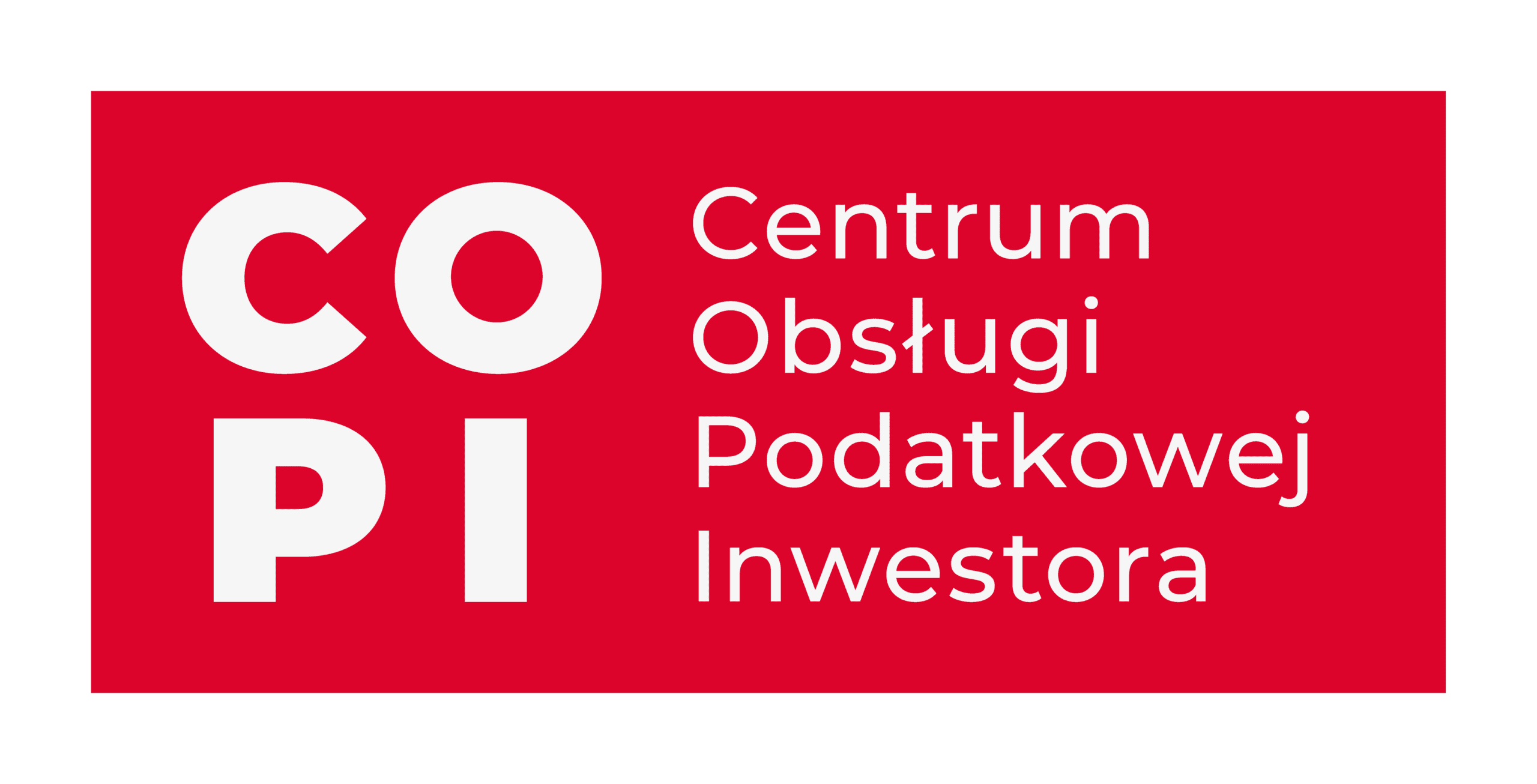 Institution
InstitutionThe Investor Tax Service Center
The Investor Tax Service Center is a unit operating within the Ministry of Finance
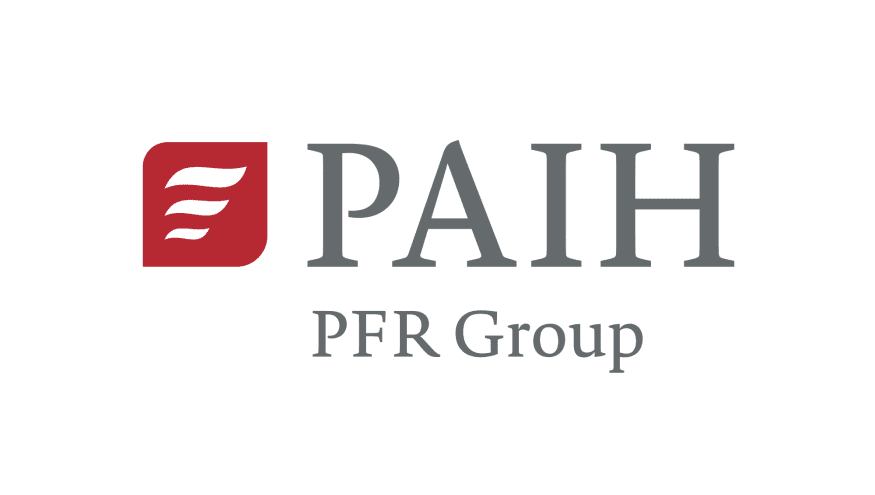 Institution
InstitutionPolish Investment and Trade Agency (PAIH)
The Polish Investment and Trade Agency (PAIH) is the partner of first-resort for entrepreneurs when …
The Export Promotion Portal uses cookies to make it easier for users to use the website and for statistical purposes. If you do not block these files, you agree to their use and saving in the memory of your computer or other device. Remember that you can change your browser settings to block the storage of cookies. More information can be found in Privacy Policy and Terms and conditions.
